Growing Health Consciousness
The increasing awareness of health and wellness among consumers in Europe is driving the monosodium glutamate market. As individuals become more discerning about their dietary choices, there is a notable shift towards products that enhance flavor without compromising health. This trend is reflected in the rising demand for low-sodium alternatives, where monosodium glutamate serves as a flavor enhancer that can reduce the need for excessive salt. In 2025, the market for low-sodium food products is projected to grow by approximately 15%, indicating a significant opportunity for monosodium glutamate market players to innovate and cater to health-conscious consumers. Furthermore, the emphasis on clean labels and transparency in food ingredients is likely to influence purchasing decisions, thereby shaping the competitive landscape of the monosodium glutamate market in Europe.
Rising Demand for Ethnic Cuisine
The growing popularity of ethnic cuisines across Europe is significantly influencing the monosodium glutamate market. As consumers become more adventurous in their culinary choices, there is an increasing demand for authentic flavors found in Asian and other international dishes. Monosodium glutamate is often used in these cuisines to enhance the umami taste, making it a sought-after ingredient in restaurants and home cooking alike. In 2025, the ethnic food market in Europe is anticipated to grow by 12%, indicating a strong potential for the monosodium glutamate market to capitalize on this trend. Food manufacturers and restaurants are likely to incorporate monosodium glutamate to meet consumer expectations for authentic taste experiences, thereby driving sales and market growth.
Expansion of Processed Food Sector
The processed food sector in Europe is experiencing robust growth, which is positively impacting the monosodium glutamate market. As busy lifestyles lead consumers to seek convenient meal options, the demand for ready-to-eat and packaged foods is on the rise. In 2025, the processed food market in Europe is expected to reach a valuation of over €300 billion, with flavor enhancers like monosodium glutamate playing a crucial role in improving taste and consumer satisfaction. This trend is particularly evident in the snack food segment, where flavor enhancement is essential for product differentiation. Consequently, the monosodium glutamate market is likely to benefit from partnerships with food manufacturers aiming to meet the evolving preferences of consumers seeking convenience without sacrificing flavor.
Sustainability and Ethical Sourcing
Sustainability concerns are becoming increasingly prominent in the European food industry, impacting the monosodium glutamate market. Consumers are more inclined to support brands that prioritize ethical sourcing and environmentally friendly practices. This shift is prompting manufacturers to explore sustainable production methods for monosodium glutamate, which could enhance brand loyalty and consumer trust. In 2025, the market for sustainable food products is projected to grow by 20%, suggesting that the monosodium glutamate market must adapt to these changing consumer preferences. By focusing on sustainability, companies can differentiate themselves in a competitive landscape, potentially leading to increased market share and profitability. This trend underscores the importance of aligning product offerings with the values of environmentally conscious consumers.
Culinary Innovation and Experimentation
Culinary innovation is a driving force in the monosodium glutamate market, as chefs and food manufacturers in Europe increasingly experiment with flavors and ingredients. The rise of fusion cuisine and gourmet cooking has led to a renewed interest in umami flavors, where monosodium glutamate is recognized for its ability to enhance taste profiles. In 2025, the gourmet food market is projected to grow by 10%, suggesting a favorable environment for the monosodium glutamate market. This trend is further supported by the increasing popularity of cooking shows and food blogs, which encourage home cooks to explore new flavor combinations. As culinary creativity flourishes, the demand for monosodium glutamate as a versatile ingredient is likely to expand, providing opportunities for manufacturers to introduce innovative products.


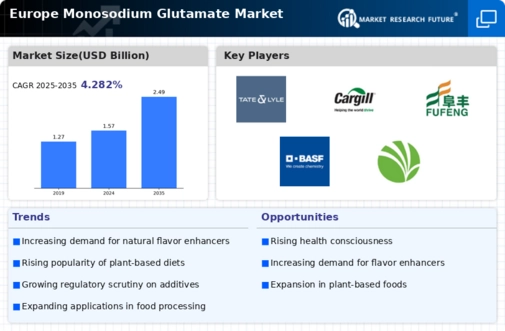
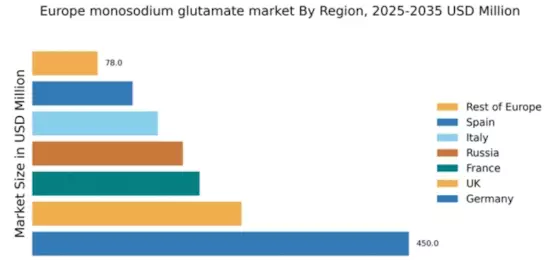
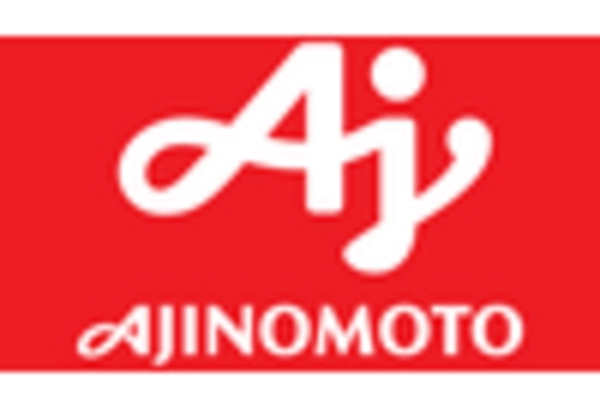
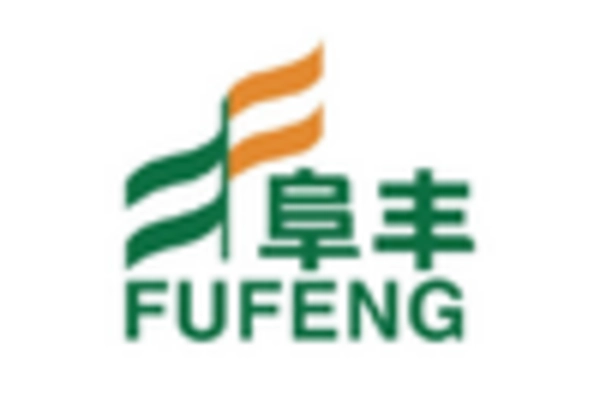
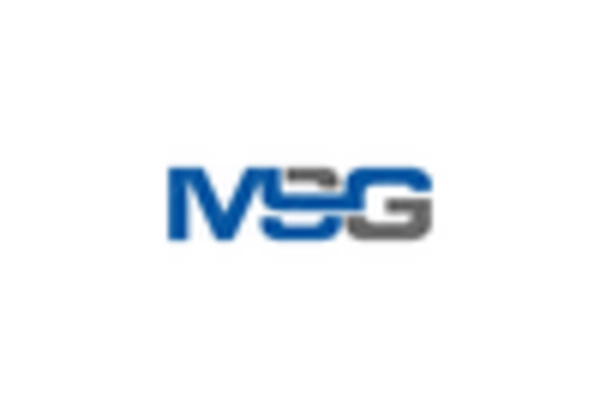
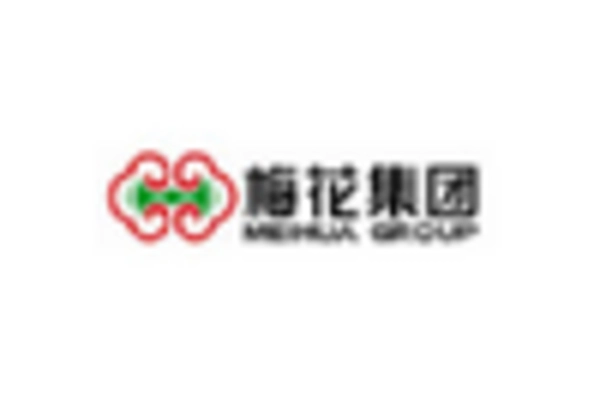
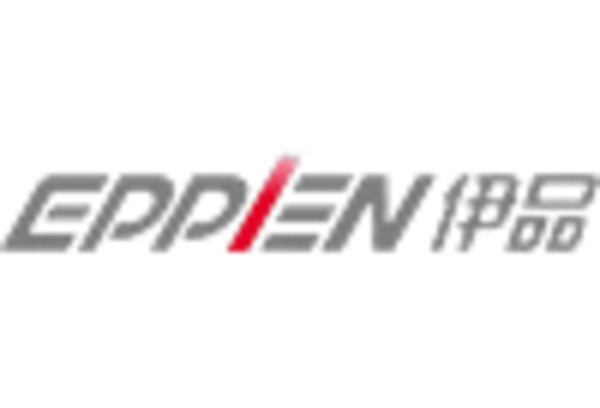
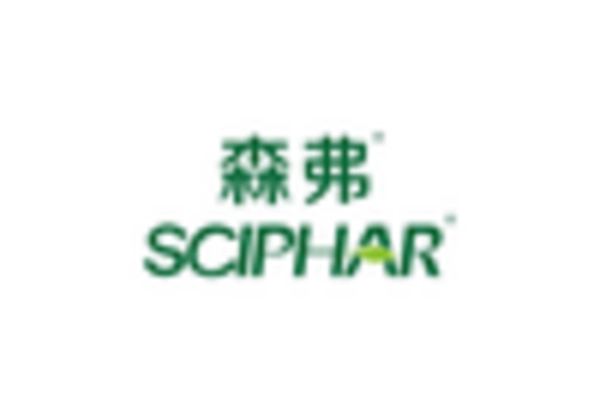








Leave a Comment